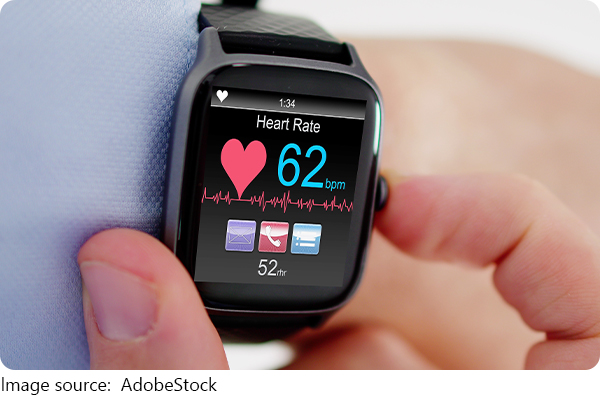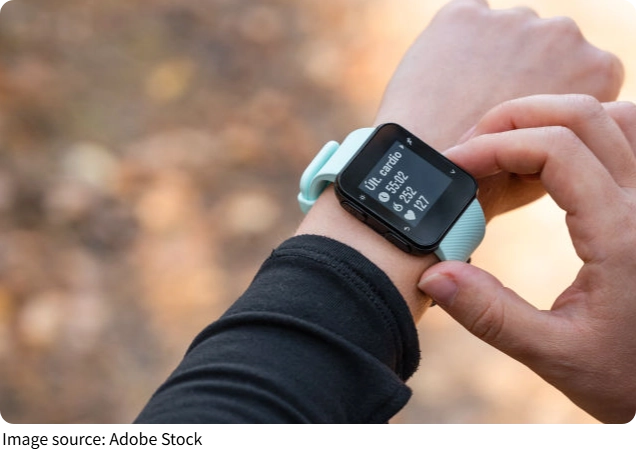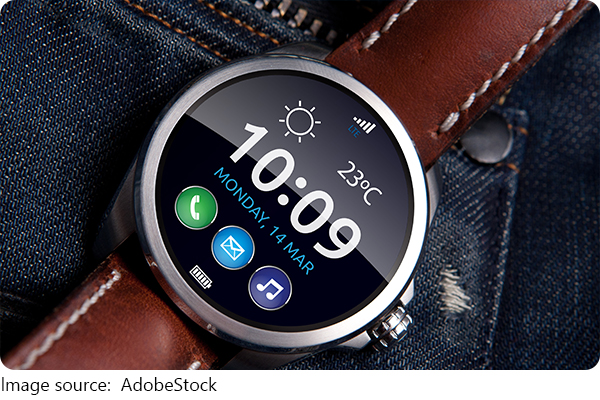Tech Meets Health

Nowadays, wearable smart devices like fitness trackers, smartwatches, and health monitors are becoming part of our daily lives. These small gadgets pack powerful technology that helps us stay connected, active, and informed about our health.
Let’s explore how these devices work, what they can do for us, and why they are becoming essential companions in our fast-paced world.
What Are Wearable Smart Devices?
Wearables are electronic gadgets worn on the body, usually on the wrist, that combine sensors, software, and wireless connectivity. They collect data about our physical activity, health signals, and sometimes even our mood or surroundings. These devices use built-in processors and AI algorithms to analyze the data and provide useful feedback instantly or through paired smartphones.
From step counting to heart rate monitoring, these devices track various metrics. Some can measure blood oxygen levels, sleep quality, stress, and even offer voice assistants for quick commands.
How Do They Track Our Health and Fitness?
Wearable devices use multiple sensors to monitor our bodies. For example:
- Accelerometers and gyroscopes detect movement and posture.
- Optical sensors measure heart rate by shining light through the skin.
- Electrodermal activity sensors can detect stress by measuring sweat gland activity.
- Temperature sensors monitor skin temperature changes.
The collected data is processed on the device or in the cloud to give us real-time feedback. AI models help interpret complex patterns, like detecting irregular heartbeats or sleep stages.

More Than Just Fitness: Emotional and Mental Health Support
Wearables are not limited to tracking physical health. Many modern devices also help manage our emotional well-being. By analyzing physiological signals and combining them with voice or activity data, smart devices can detect signs of stress, anxiety, or mood changes.
Some watches offer guided breathing exercises, relaxation tips, or even gentle reminders to take breaks during busy days. This growing emotional support is turning wearables into holistic health companions.
Connectivity and Convenience at Our Fingertips
Beyond health tracking, these devices keep us connected. We can get notifications, answer calls, control music, or even make payments—all without pulling out our phones. Thanks to Bluetooth, Wi-Fi, and cellular networks, smart devices stay linked to our digital lives wherever we go.
This convenience helps us stay organized, productive, and entertained throughout the day.
The Technology Powering Wearables
Behind the scenes, wearables rely on:
- High-performance chips designed for low power consumption.
- Fast and efficient memory storage to handle apps and data.
- Advanced AI algorithms tailored for small devices.
- Secure data encryption and privacy controls.
These technologies make it possible for wearables to operate for days on a single charge while delivering smart features.

Challenges and What Lies Ahead
Despite rapid progress, wearables face challenges such as limited battery life, data privacy concerns, and the need to improve accuracy across different users. Developers are constantly working on better sensors, smarter AI, and seamless integration with other devices.
In the near future, wearables might include even more health monitoring features, smarter emotional support, and deeper integration with healthcare providers.
Let’s Embrace the Smart Future Together!
Wearable smart devices do much more than just count steps or show notifications. They help us stay healthier, manage daily stress, and keep in touch with the people who matter. These small but powerful gadgets are designed to support us in many parts of life.
What new features would you love to see in your wearable? Let’s continue exploring this amazing technology and find out how it can make our lives easier and more enjoyable every day.
-
 Fly Fearlessly SafeDiscover How We Master Wingsuit Flying: The Secrets to Gliding Like a Bird and Landing Safely Every Time!
Fly Fearlessly SafeDiscover How We Master Wingsuit Flying: The Secrets to Gliding Like a Bird and Landing Safely Every Time! -
 Movie Film MagicStill Think Film Is Dead? Discover Why Movie Film Is Quietly Making a Comeback in the Digital World!
Movie Film MagicStill Think Film Is Dead? Discover Why Movie Film Is Quietly Making a Comeback in the Digital World! -
 Natural Beauty GlowSimple and Effective Makeup Tips to Achieve a Fresh, Natural Everyday Look Without Overdoing It!
Natural Beauty GlowSimple and Effective Makeup Tips to Achieve a Fresh, Natural Everyday Look Without Overdoing It!